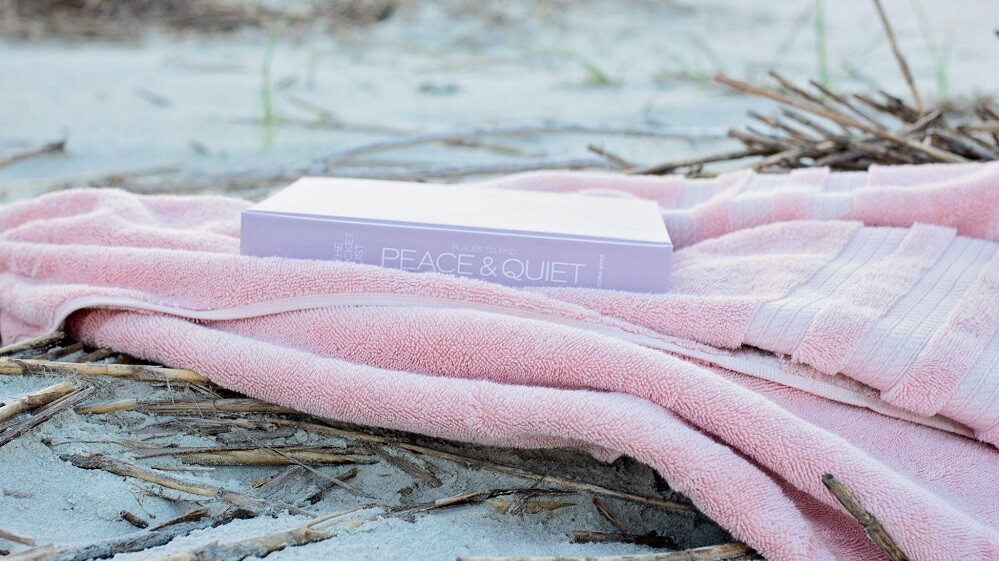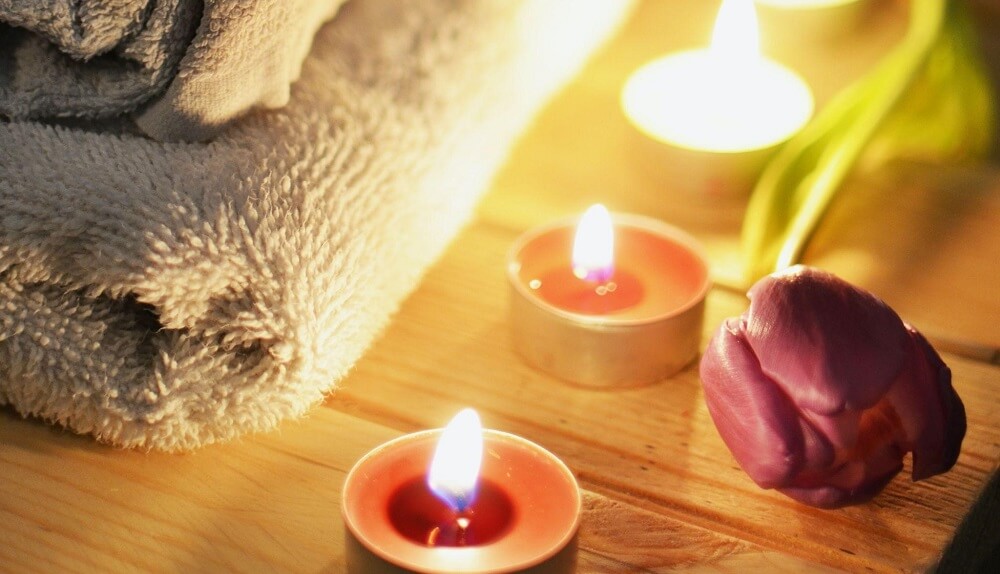You’ve likely heard of different breathing techniques that ease stress, help you energize, and improve your health, but which methods are the most effective?
Box breathing, also known as square breathing, and 4-7-8 breathing techniques are among the most common methods for stress management, meditation, and mindfulness.
When do you consider both breathing exercises, which is most effective in supporting your health and well-being?
Why Measured Breathing Is Important for Relaxation
As you fall asleep, perform everyday tasks, or take a quick break, you may notice shallow breaths, a fast heart rate, and other signs of stressful situations, which occur subconsciously.
It’s crucial to pay attention to these changes, as breathing patterns can impact your nervous system, blood pressure, and over time, your mental health.
When you pause to prolong your breathing, practice each inhale and exhale in slow, measured breaths to reduce hyperventilation and anxiety while increasing a relaxed state.

The Differences and Similarities: Box Breathing vs 4-7-8
Getting familiar with how the two breathing exercise techniques compare and how each method affects your body and mind is essential.
What the Breathing Techniques Have in Common
These deep breathing techniques involve counting to measure each inhale, exhale, and how long you hold your breath. They focus on a specific time for each breath to help your body relax and reduce stress.
Both techniques focus on reducing cortisol and stress with each deep breath and require a tranquil, comfortable space for the best results.
Distinct Differences Between Each Breathing Technique
There are a few notable differences between each breathing method, including the length of each step and the results of using this technique for relaxation, focus, and mental health.
The 4-7-8 Breathing Technique
The 4-7-8 breathing method requires a specific count for every step of the process. When you begin the first inhale, count to four, then hold your breath for a count of seven. Exhale through your mouth slowly for a count of eight.
This method relaxes your body fully as you gradually slow the breathing process from a count of four to eight. It’s also an excellent breathing technique for digestive support and relaxing your muscles after vigorous exercise.
The Box Breathing Technique
The box breathing technique focuses on relaxation while sharpening your ability to focus with greater productivity and results.
Instead of counting to four, seven, and eight, this technique repeats a count of four for each step of the process. To begin, exhale to remove oxygen from your lungs altogether, then inhale fully, counting to four.
Hold your breath for the same four seconds, then release the air with a four-count exhale. This diaphragmatic breathing technique is ideal when preparing for a presentation or business meeting, as it helps relieve stress while improving your cognitive function and alertness.

Which Breathing Technique Is Right for You?
Do you need to relax deeply before resting or prepare your mind for a busy day at work? While both breathing methods help you shift into a relaxed state, the 4-7-8 method is ideal for a deeper sensation when you’re ready to prepare for bed or take an extended break from work or other activities.
You may also choose the 4-7-8 breathing technique after vigorous exercise to help your body unwind.
It’s a great technique that can improve your night’s rest if you experience insomnia, sleep apnea, anxiety, or need to calm your nervous system. This breathwork is ideal for mindfulness meditation, especially in the evening or an hour before bedtime.
If you aim to relax while remaining alert and ready to focus on the day ahead, box or belly breathing can help you recharge before a challenging project or task.
Slow, controlled breathing can help you stop or prevent yourself from hyperventilation, which puts your body in fight-or-flight mode. Instead, you’ll develop a consistent, relaxing breathing pattern that keeps you alert and calm.
When you choose the right breathing technique, it’s essential to focus on the outcome and visualize how you want to relax or feel as a result. You can try one or both methods, for several repetitions each, to get an idea of which option works best for your situation.
For some people, box breathing is the go-to technique for every situation, whereas others may switch breathwork based on the type of relaxation they need.
Final Thoughts
You’ll find many great benefits in practicing the 4-7-8 and box breathing methods. Essentially, slow breathing will give your body a chance to recharge, whether you’re in need of a deep, uninterrupted sleep or to feel refreshed to start the day.
If you practice breathwork for a few rounds or longer, you’ll find the effects are almost immediate, which makes these techniques an excellent way to combat stress and anxiety.


